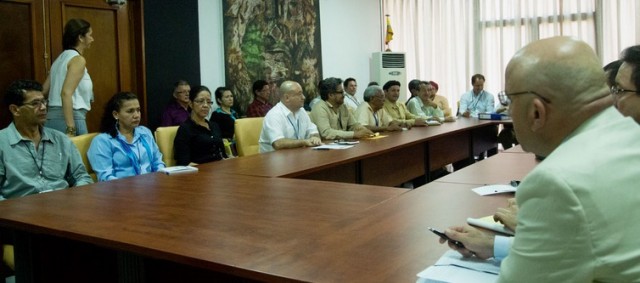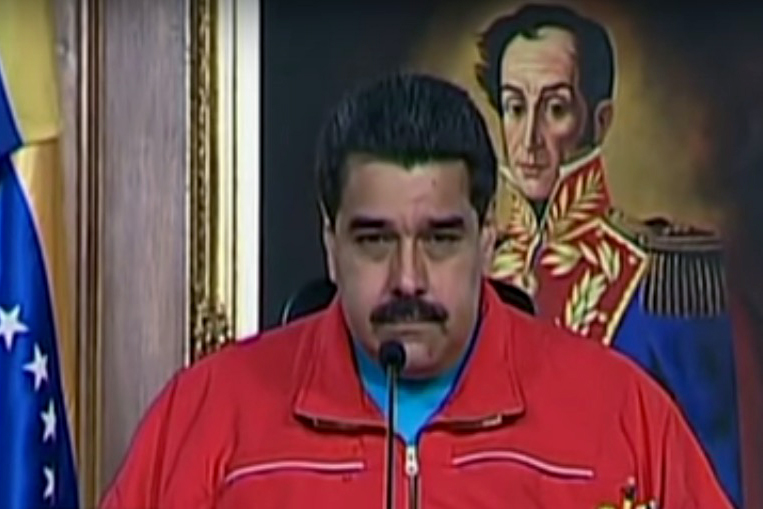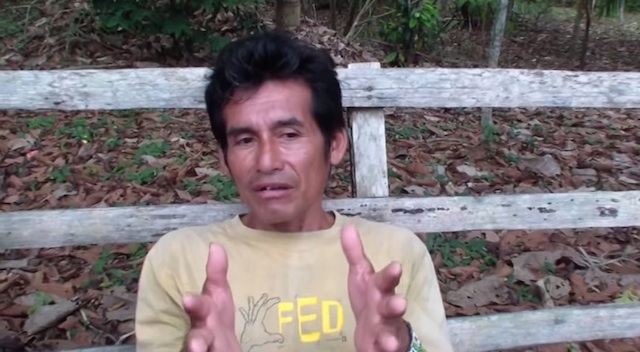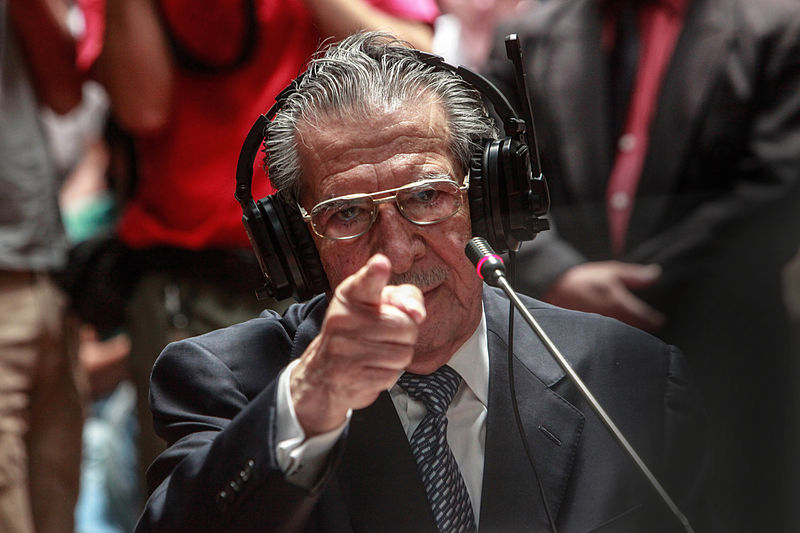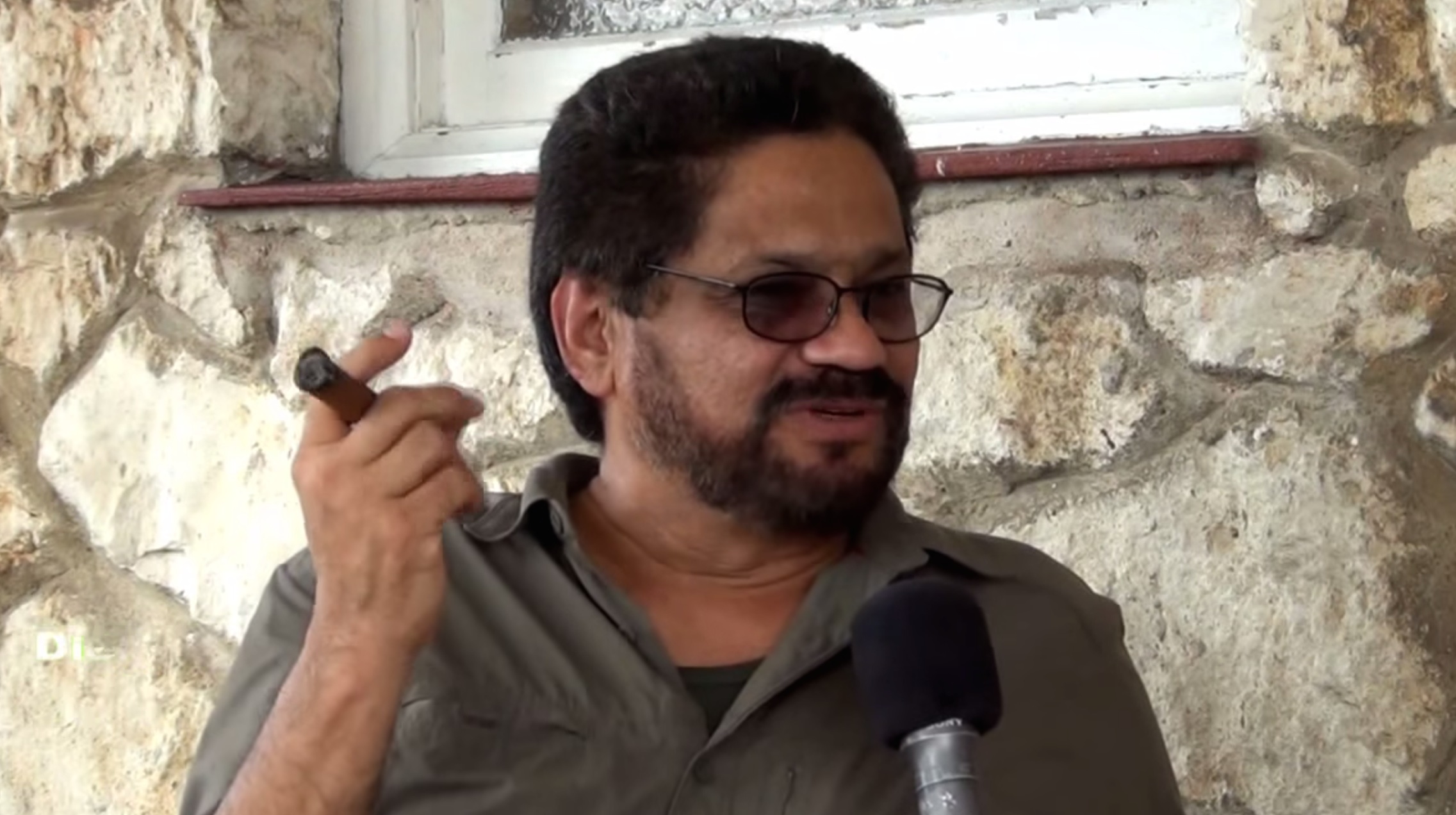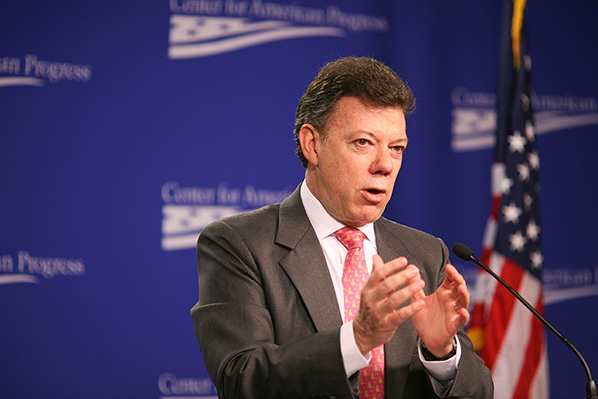
Andes, Colombia
With a New Unilateral Truce, New Bilateral Challenges for Colombia’s Peace Process
July 9, 2015 By Leonardo Goi
BOGOTÁ, Colombia — The Revolutionary Armed Forces of Colombia, or FARC, announced on Wednesday that it will institute a month-long unilateral ceasefire, beginning on July 20. The truce called by the FARC is the second unilateral ceasefire that the South American country’s largest leftist guerrilla group has implemented since peace talks with the government began in November 2012.
After the kidnapping of General Rubén Darío Alzate forced President Juan Manuel Santos to suspend the peace talks until the general’s release on November 30, the FARC called for an indefinite and unilateral truce that began on December 20. The government, albeit never formally entering a bilateral agreement that the FARC had called for, rewarded the rebels’ measure by suspending air strikes against them for a month-long trial period on March 11 — a measure that was prolonged for another month on April 9. The government’s concession, along with the decision to carry out joint operations with FARC rebels to remove anti-personnel mines from hot-spots across the country, seemed to have paved the way towards a promising new stage in negotiations.
Yet the path towards the end of Colombia’s conflict came to an abrupt halt on April 15, when FARC militants in the department of Cauca killed 11 soldiers and injured 24 others. Santos reacted by resuming air strikes against the rebels. An air raid killed 26 FARC fighters on May 22. The FARC, in turn, suspended the ceasefire.
Wednesday’s decision comes at what appears to be the negotiations’ most fragile stage. Violence levels associated with the armed conflict peaked again after the FARC’s truce came to an end, just as the guerrillas began targeting Colombia’s oil infrastructure, causing catastrophic damage to the country’s natural resources industry. Humberto de la Calle, the government’s delegation chief in Havana, admitted that leaving the negotiating table was a possibility, leading to a termination of the peace process.
The unilateral ceasefire announced by the FARC is a breath of fresh air to the negotiations’ prospects. The previous truce had allowed violence levels to drop to levels unseen since the mid-1980s. The measure could signal a de-escalation of violence and the eventual final stages of the peace process.
The offer, nonetheless, comes with a caveat. The FARC’s hope is that the government will react to today’s statement by entering a bilateral agreement that will bring attacks against the rebels to a halt — a move which, incidentally, has been backed by the United Nations.
A bilateral truce could help Santos navigate the troublesome context that has underpinned the peace process so far: the need to negotiate in the middle of an armed conflict. But the previous ceasefire has taught a few important lessons.
First, it is far from clear whether FARC rebel leaders are able to coordinate the different pockets of rebels all across the country, ensuring that all troops comply with a bilateral ceasefire. It is also difficult for the government to stop all kinds of attacks by its troops, considering other armed groups that control parts of the country, like the National Liberation Army, or the paramilitary groups known as Bacrim.
Secondly, a ceasefire — whether unilateral or bilateral — requires all parties involved to be fully committed to its success. Even if, on July 20, the FARC ceases operations against the armed forces, the group may not halt its extorting practices against civilians, or its attacks on the country’s energy infrastructure.
Finally, a bilateral truce can be a promising step forward, but only if it can be monitored by a neutral body under the coordination of the international community. An external actor with the political, military or moral weight to supervise a bilateral truce can raise the costs of its failure for both sides, and thus strengthen its chances of survival. And while entering a bilateral truce will be no easy feat, there are ways to ease its implementation. One strategy could involve identifying key areas in the country’s most violent hot-spots and enforcing bilateral ceasefire zones inside them. This would allow the government to test a two-way truce inside restricted areas, before eventually extending the measure nationwide.
The FARC’s announcement of a unilateral ceasefire can bring the peace talks back on track, provided these and other lessons are taken into account. The next few weeks will show whether the government and the guerrilla group are serious about embarking on this new stage of negotiations: the resolution of key issues on the negotiation agenda, like whether there will be prison sentences for guerrilla soldiers, or when and how rebels will give up arms. If they don’t embark on this new stage, the talks could remain in their current troubled state, to the detriment of a peace Colombia has not seen for over 50 years.
About Leonardo Goi
Leonardo Goi is a researcher for FIP, Fundación Ideas para la Paz, a Bogotá-based study center that focuses on Colombia's armed conflict and its repercussions on the country's development.

